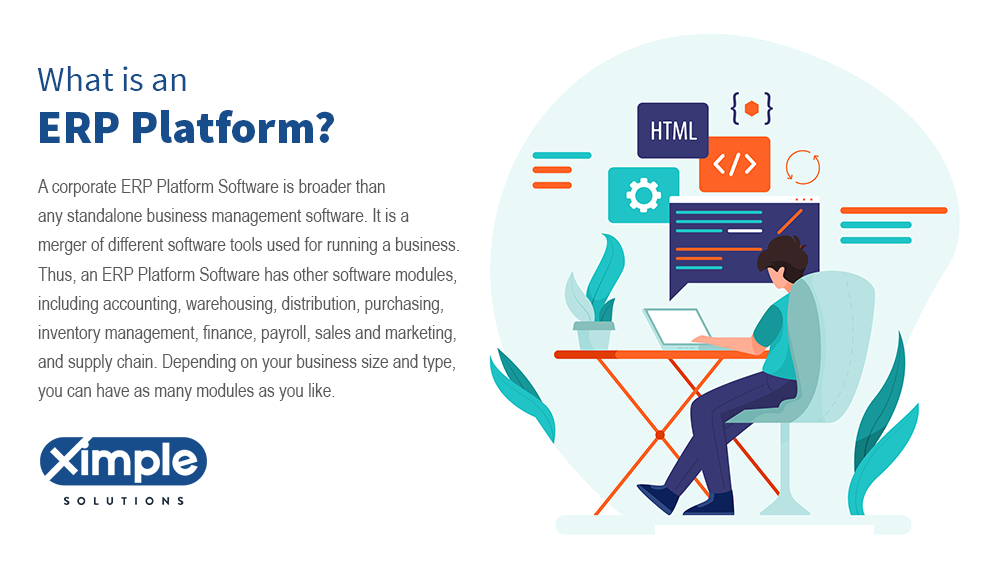
What is a Distribution Strategy? Importance of Distribution Strategy
Did you know that sales are the key to higher revenues and contented workers? That’s true, and if you want to sell more, you should make a plan. First, you should have a goal to attract and retain customers. Second, you should deliver a product or service to the customer and the correct information. To […]
Read More

ERP vs CRM: What is the difference?
What is ERP? We will describe the differences between ERP vs CRM before defining ERP and CRM. ERP or Enterprise Resource Planning is a software system consisting of different business management modules. ERP vs CRM is used to increase profitability. You can think of it as one extensive database comprising financial management, accounting, purchase management, […]
Read More

What is an ERP Platform?
A corporate ERP Platform Software is broader than any standalone business management software. It is a merger of different software tools used for running a business. Thus, an ERP Platform Software has other software modules, including accounting, warehousing, distribution, purchasing, inventory management, finance, payroll, sales and marketing, and supply chain. Depending on your business size […]
Read More






